
Inquiry

Project Review

Machining

Quality Control

Pass/Fail

Delivery
The semi-enclosed transformer is a type that falls between open and fully enclosed transformers, with its core design feature being that part of its structure is exposed to the external environment while achieving functional optimization through specific protective measures.
The semi-enclosed transformer is a type that falls between open and fully enclosed transformers, with its core design feature being that part of its structure is exposed to the external environment while achieving functional optimization through specific protective measures. The following analysis unfolds across four dimensions: structural characteristics, performance advantages, application scenarios, and typical case studies.
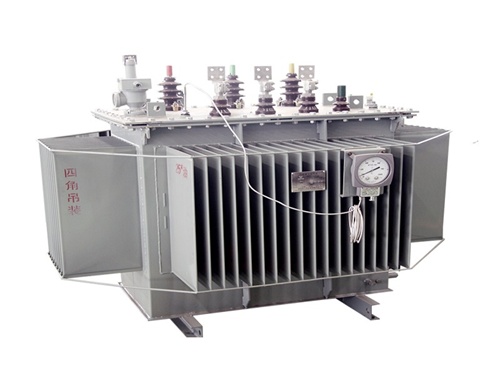
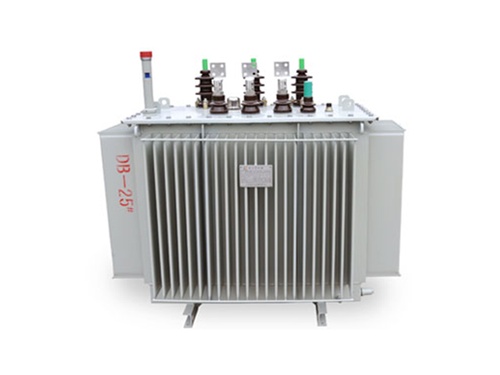
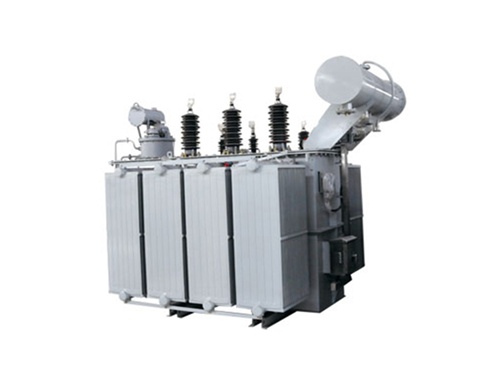
I. Structural Characteristics: Balancing Openness and Enclosure
Iron Core and Winding Design
Semi-enclosed transformers typically adopt a structure where the iron core is exposed while the windings are partially encapsulated. For instance, in the semi-enclosed design of voltage transformers (PTs), the windings are wrapped in epoxy resin or insulating materials, while the iron core is directly exposed to the air, creating a layout with "enclosed core components and open heat dissipation channels." This design retains the ease of maintenance characteristic of open transformers while enhancing insulation performance through winding encapsulation.
Heat Dissipation and Protective Mechanisms
The exposed portion of the iron core achieves natural heat dissipation through air convection, while the encapsulated winding layer blocks the ingress of dust and moisture. Some models, such as semi-enclosed dry-type transformers, incorporate insulating barriers between the iron core and windings to form axial ventilation channels, further accelerating heat diffusion. This structure ensures efficient heat dissipation while reducing the risk of dust accumulation.
II. Performance Advantages: Balancing Cost and Efficiency
Superior Heat Dissipation Performance
With direct air contact, the iron core exhibits significantly higher thermal conductivity than fully enclosed transformers. For example, the ventilation channel design in semi-enclosed dry-type transformers can increase airflow speed by over 30%, enhancing overload capacity by 15%-20% compared to open transformers, making them suitable for scenarios with frequent load fluctuations.
Enhanced Short-Circuit and Overload Resistance
The exposed iron core structure reduces heat accumulation in insulating materials, lowering the risk of insulation aging due to overheating. Simultaneously, the high-strength epoxy resin used in the winding encapsulation layer improves mechanical strength by 50% compared to traditional impregnated insulation, significantly strengthening resistance to short-circuit impacts.
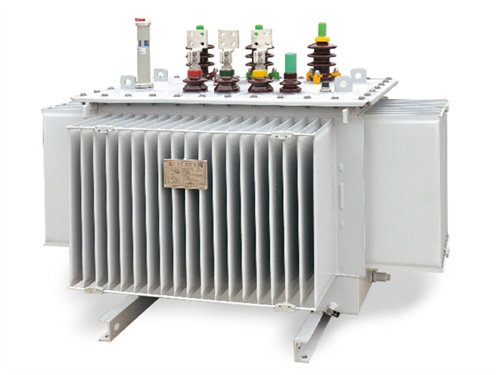
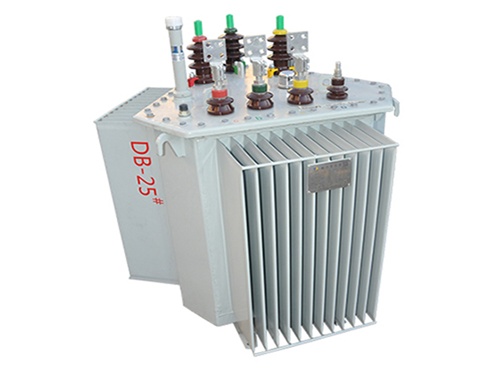
Low Maintenance Costs
Unlike fully enclosed transformers, which require regular maintenance operations such as replacing desiccant silica gel in breathers and oil filtration, semi-enclosed transformers only necessitate periodic cleaning of dust from the iron core surface. Maintenance intervals can be extended to 3-5 years, reducing overall maintenance costs by over 40%.
III. Application Scenarios: A Preferred Solution for Medium- and Low-Voltage Power Distribution
Industrial Power Distribution Systems
In medium- and low-voltage power distribution networks within industries like metallurgy and chemicals, semi-enclosed transformers serve as ideal power sources for specialized equipment such as electric arc furnaces and rectifier transformers, thanks to their high overload capacity and short-circuit resistance. For example, after adopting semi-enclosed electric arc furnace transformers, a steel plant experienced a 60% reduction in equipment failure rates and a 200-hour decrease in annual downtime.
Commercial and Civil Buildings
In distribution rooms of office buildings and shopping malls, semi-enclosed dry-type transformers meet heat dissipation requirements through natural air cooling, eliminating the need for additional fans and reducing noise by 10-15 decibels compared to oil-immersed transformers. Their compact design also saves 30% of installation space.
New Energy and Smart Grids
In distributed photovoltaic power generation systems, semi-enclosed transformers act as step-up devices, capable of operating in a wide temperature range from -40°C to +70°C without requiring sealed oil tanks, thereby reducing the risk of oil leakage. After adopting semi-enclosed transformers, a photovoltaic power plant achieved a 2% increase in system efficiency and an additional annual power generation of 500,000 kWh.
IV. Typical Case Study: JDZ-1000VA Single-Phase Semi-Enclosed Cast Resin Transformer
Technical Specifications
Rated Voltage: 10 kV and below
Cooling Method: Natural air cooling
Insulation Class: Class F (155°C)
Efficiency: ≥98%
Application Effects
After replacing traditional oil-immersed transformers with this model in an urban rail transit project, the following optimizations were achieved:
Enhanced Safety: The fully insulated structure eliminated the risk of oil leakage, meeting fire safety requirements for subway tunnels.
Space Savings: The volume was reduced by 40% compared to oil-immersed transformers of the same capacity, facilitating installation in tunnels.
Energy Efficiency Optimization: No-load losses decreased by 25%, load losses by 15%, resulting in annual electricity savings of 120,000 kWh.
V. Comparison with Fully Enclosed Transformers
| Characteristic | Semi-Enclosed Transformer | Fully Enclosed Transformer |
|---|---|---|
| Heat Dissipation Method | Natural/forced air cooling | Insulating oil circulation cooling |
| Protection Level | IP23 (dust and drip-proof) | IP55 (dust and waterproof) |
| Suitable Environment | Dry, low-dust indoor/outdoor settings | Harsh environments with high humidity and dust |
| Cost | 10%-15% lower initial investment | 20%-30% lower maintenance costs |
| Typical Applications | Medium- and low-voltage distribution, commercial buildings | Ultra-high-voltage transmission, mining power distribution |
Conclusion
Through structural innovation, semi-enclosed transformers achieve a balance between heat dissipation efficiency, protective performance, and cost, becoming a mainstream choice in medium- and low-voltage power distribution. With the rapid development of smart grids and new energy industries, their application scenarios will further expand, with significant potential for optimization in modular design and digital monitoring in the future.

The main products include oil immersed transformers, dry-type transformers, power transformers, amorphous alloy transformers, mining transformers, box type substations, high and low voltage switchgear and supporting products
Add: South Head of Mount Huangshan Road, Liaocheng Development Zone, Shandong, China
Email:sdbyqcj@163.com
Tel: +86 13706354419